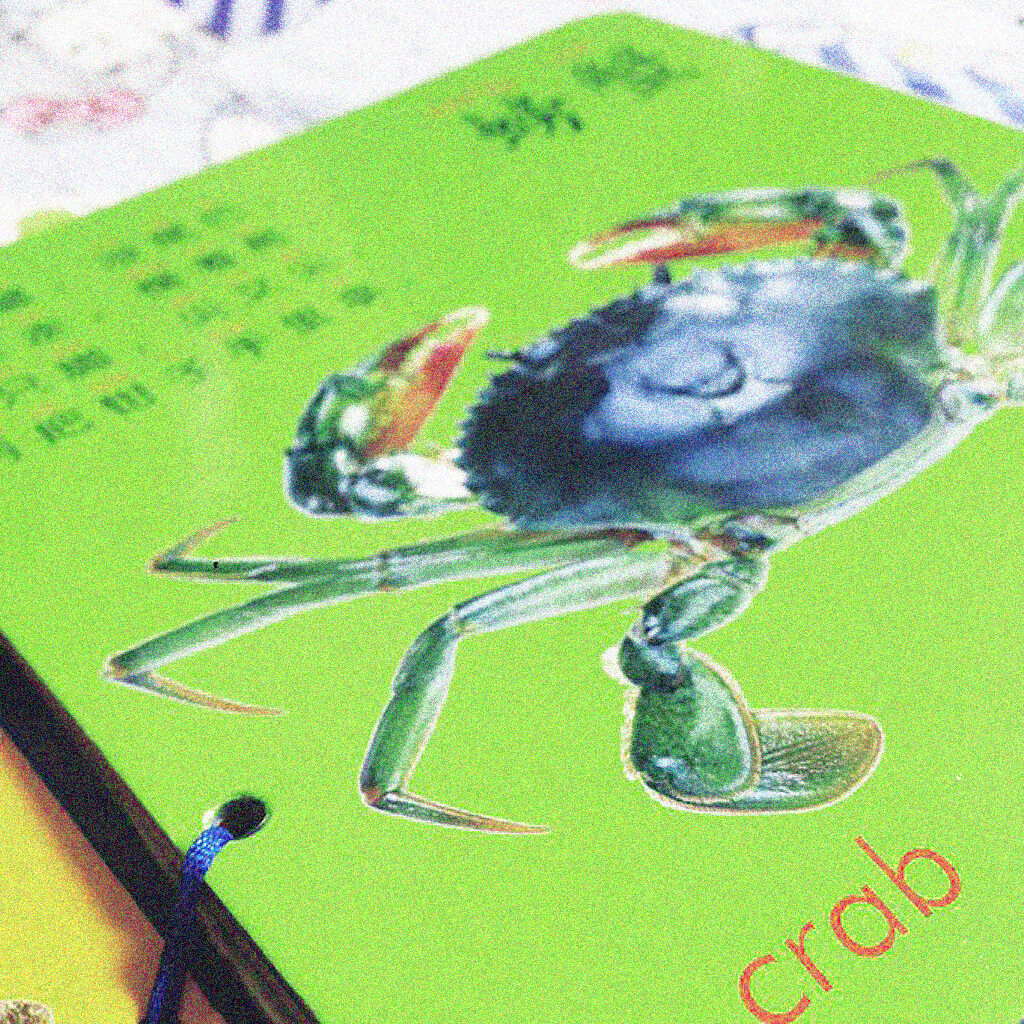articles
China Elevator Stories
Bilingual toddler speak 101: How to say no to your mum so she’ll listen
I’m surprised by how skillfully my toddler son combines both of his mother tongues.
23/04/2016

Ruth Silbermayr
Author
What happens if your bilingual toddler really wants you to listen to his “no’s”?
What happens if your bilingual toddler really wants you to listen to his “no’s”?
He won’t just say a simple “no” or one of those sequences of “no’s” toddlers are known for saying. He’ll combine both languages (in our case, German and Chinese) to emphasize that he really means it. “No, no, 就不no” (“nein, nein, 就不nein”) was what he recently told me when he really didn’t want to get dressed, making me laugh at his skillful combination of the word “no” in both languages, using a double negative and 就 for emphasis. To be exact, a double negative creates an affirmative in German, but I’m quite sure he meant to say “no.”

Learning two languages at once means that he sometimes mixes both languages. He’s gotten better at separating them, but to him, both languages are his mother tongue. He doesn’t separate them the way someone who grew up monolingual would do when learning a second language.
One person one language?
He knows I understand Chinese and hears me speak it with his dad, so he sometimes creates his own sentences using both languages. People often emphasize the “one person, one language” approach, suggesting that this way the child will be able to distinguish and use both languages well without code-switching*. Now, I’m not arguing against the advantages of this approach—I’m sure it works very well for many families. However, putting the “one person, one language” strategy into practice is not always as easy as it sounds. For example, what do you do if you want your partner, in-laws, or another caregiver who doesn’t speak your mother tongue to understand what you’re saying to your child? Do you translate directly after speaking to your child, or—if you need them to understand and react promptly—just speak to your child in their mother tongue? Like, in situations where your mother-in-law is helping look after your son while you’re cooking, and you don’t want your hungry toddler to take ceramic bowls and throw them onto the floor?
Also, every multilingual household is different, so there’s no one-size-fits-all approach. There are parents with the same mother tongue who want their child to grow up with another language (or two). There are parents with different mother tongues who speak a common language differently from their mother tongues. There are parents with different mother tongues who speak one of those languages together because one partner doesn’t speak the other one. These are just a few of the many circumstances, and there are also multilingual single parents, families with different language backgrounds, and so on.
Embracing bothness in the use of language
In our home, language means creativity and fluidity. Particularly in the case of our son, language is about “bothness,” not two halves put together. That’s why I don’t tell him to use only German or Chinese. I will, however, sometimes repeat what he just said in German so he’ll still get the hang of it.
Which language approach do you use at home?
Explanation:
Code-switching is the alternation of two or more languages within a single conversation or sentence.